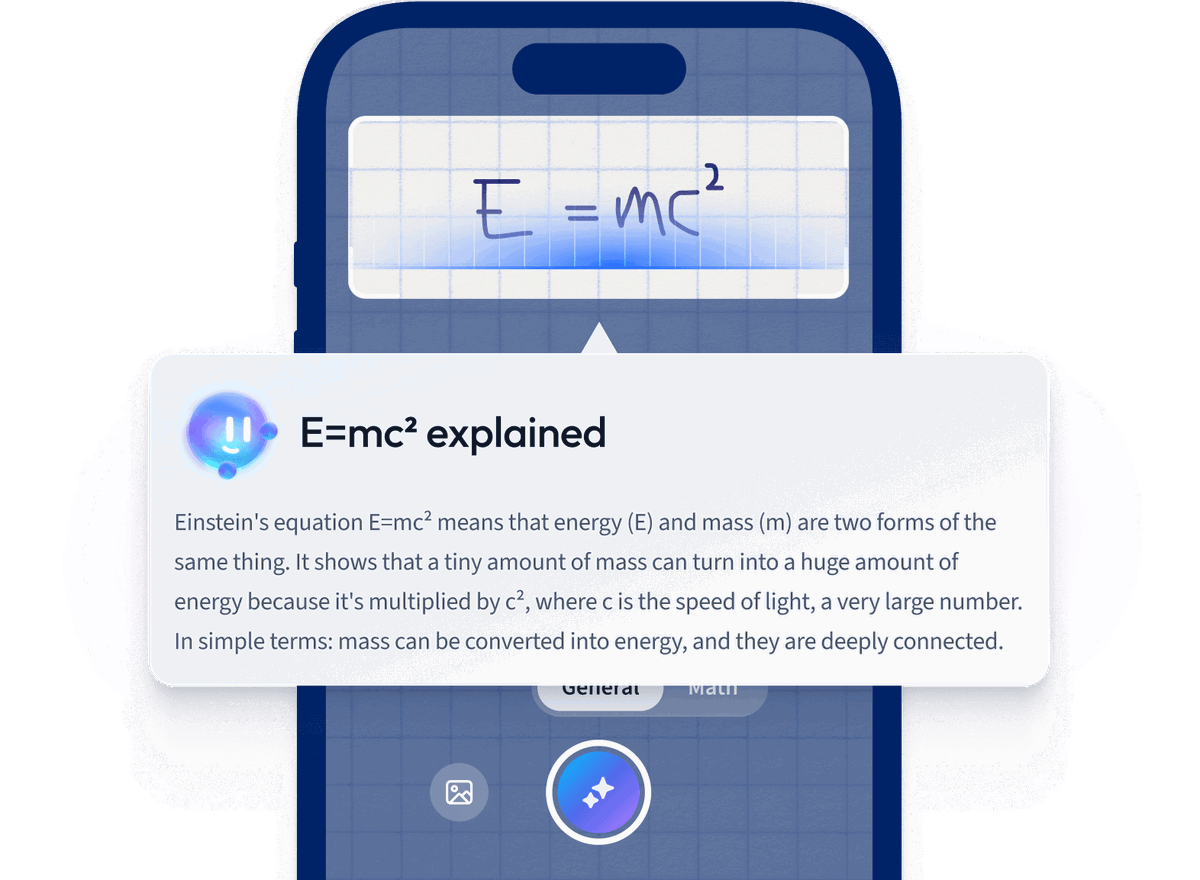What are the key components of an effective rubric design?
The key components of an effective rubric design include clear criteria that define the expectations, descriptors that differentiate levels of performance, a consistent scale to measure progress, and precise language to ensure understanding. Each component should align with learning objectives and provide constructive feedback.
How can rubric design improve student learning outcomes?
Rubric design improves student learning outcomes by providing clear expectations, facilitating consistent and objective assessment, and offering detailed feedback. It guides students in understanding criteria for success, aligns instruction with learning goals, and empowers self-assessment and reflection, enhancing motivation and learning efficacy.
How do you ensure consistency and fairness in rubric design across different evaluators?
To ensure consistency and fairness, use clear, specific criteria and descriptors in the rubric, train evaluators with examples, conduct norming sessions to align interpretations, and regularly review rubric applications for uniformity.
How can technology be integrated into rubric design to enhance feedback and assessment?
Technology can enhance rubric design by incorporating digital tools for real-time feedback, using platforms to streamline grading processes, enabling student self-assessment through interactive features, and utilizing analytics to track performance trends, thereby allowing for more personalized and data-driven feedback.
How do you create a rubric that accommodates diverse learning styles and needs?
To create a rubric accommodating diverse learning styles and needs, use clear, inclusive criteria that reflect multiple intelligences, offer flexible demonstration formats (e.g., written, oral, visual), and ensure descriptive feedback that encourages varied expression. Regularly update the rubric through student feedback and reflection on learner progress.










